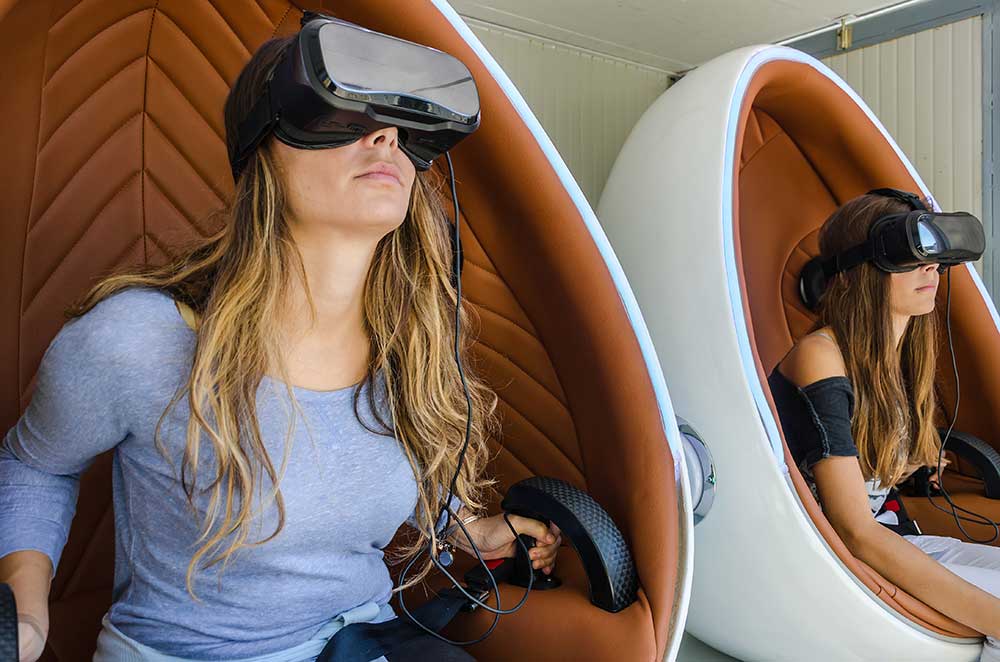
High tech is here
Same-day delivery is here. Drone delivery is here. Today’s consumer demands instant gratification, and the idea of searching on a mobile phone for a product from anywhere, buying it with the touch of a button, and having it delivered to you that very same day is inching closer to the new normal.
Online shopping for countless products could now become even simpler than (and almost as fast as) ordering a pizza for delivery.
Revolutionary logistics management
Retailers like Amazon are leading the way in this revolution of e-commerce logistics. But you don’t have to have a billion dollar revenue scheme and an army of drones to take advantage of this e-commerce trend. We are also seeing other alternative logistics management strategies, such as using small showrooms allowing customers to interact with a product before buying it online, and designated drop-off points. These smaller stores also help large chains expand their reach by making their products more easily accessible to a larger consumer population.
Some e-commerce businesses are even partnering with rideshare services such as Uber instead of relying on traditional package delivery companies. And, of course, there are the drone deliveries, which are being tested in select locations this year.
In the following infographic we can observe that to buy different types of products online it is important that the delivery process is carried out immediately for users in the United States, China, and Germany.
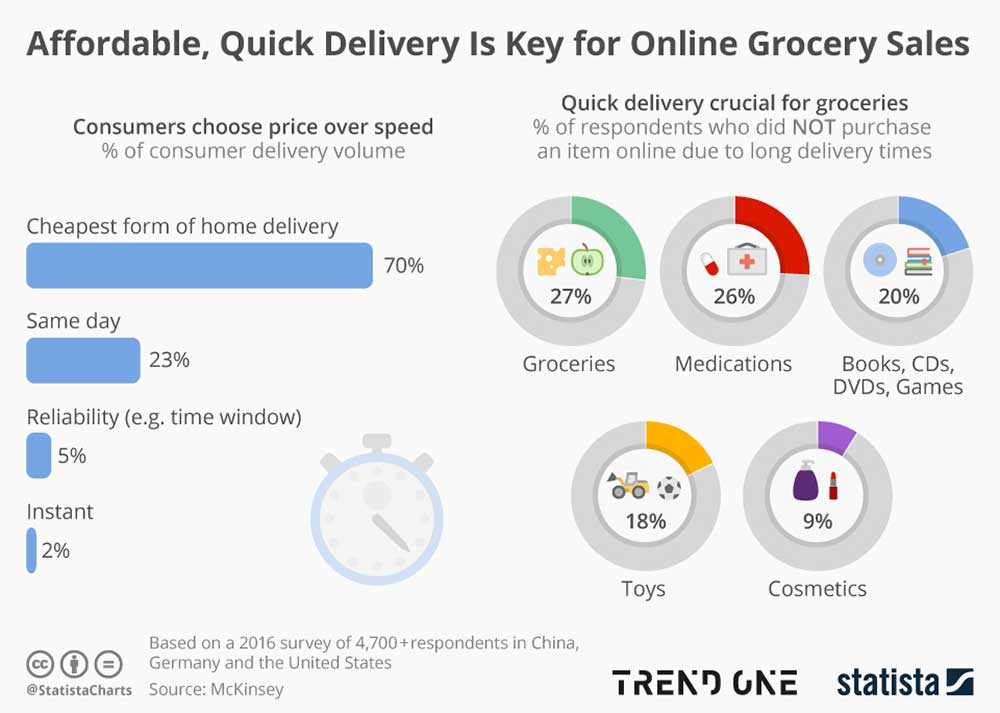
Blockchain technology for online payments
Blockchain is still on the cutting edge – so much so that many people are only hearing this buzz-term for the first time in 2017. But there are signs that this will be the year that blockchain technology becomes more widely implemented for e-commerce online payments.
You may be familiar with the cryptocurrency Bitcoin which is traded through blockchain, essentially a cheat-proof ledger that authenticates and monitors financial transactions. People who have adopted this cryptocurrency appreciate the fact that the blockchain creates a secure and decentralized control system. The blockchain record is traceable and permanent, making it more transparent than traditional payment systems. Each unit of Bitcoin currency has a digital paper trail that follows it for its entire life through the blockchain.
More and more e-commerce websites are choosing to accept Bitcoin currency as a form of payment, and the trend is even expanding its reach into brick-and-mortar stores through Bitcoin enabled POS terminals. For businesses whose brand image centers around social responsibility, using a blockchain system could allow customers to track the product they are about to buy, from source materials to the e-commerce store.
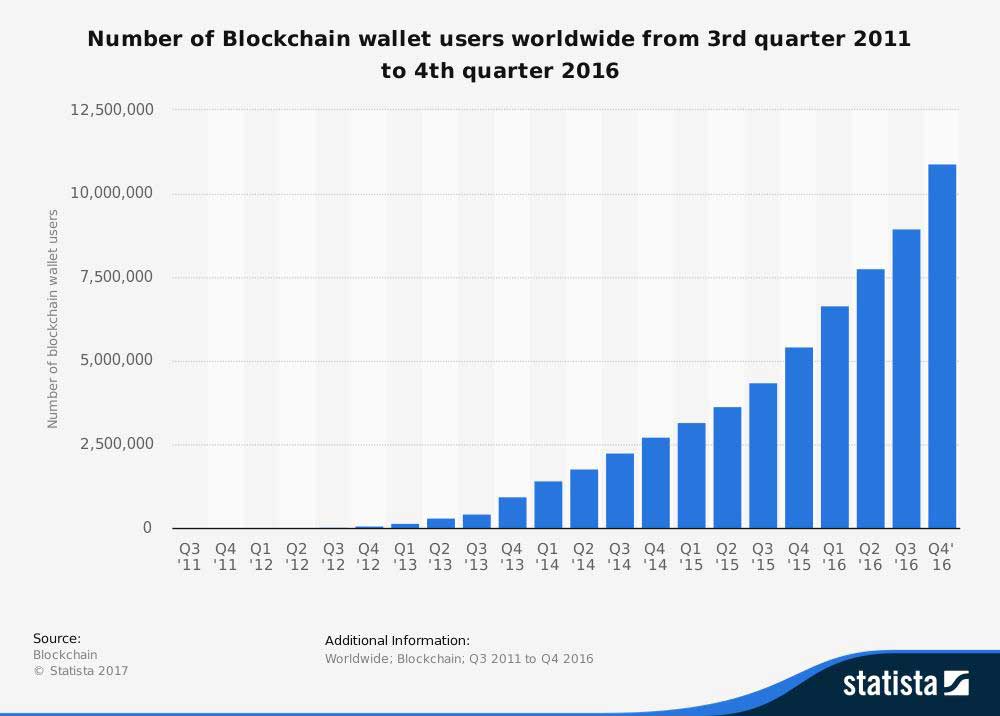
Advances in virtual reality and augmented reality
Artificial intelligence isn’t the only technological development that is shaping e-commerce. Virtual reality and augmented reality will be playing an increasingly important role in 2017. These technologies are already taking the gaming world by storm (e.g. the Pokémon Go phenomenon), but there is absolutely no reason for VR and AR to be limited to a single industry like gaming.
Believe it or not, it may soon be possible to shop online using virtual reality. For example, a store based in VR, where customers just have to move their head in order to buy an item. Customers would get the in-store shopping experience without having to leave home, with the benefits of feeling as if they are able to see, touch and interact with products in real life. This is likely to be a reality by the end of 2017.
Augmented reality, on the other hand, promises to give customers greater confidence when shopping online by allowing them to virtually try the product before purchasing it. Imagine Pokémon Go, everyone’s favorite AR game that lets you see fictional creatures in your real-life environment, and extend that to any experience where you would want to see how something looks in real-life surroundings.
This chart illustrates the market size of AR / VR prediction software for different sectors in 2025.
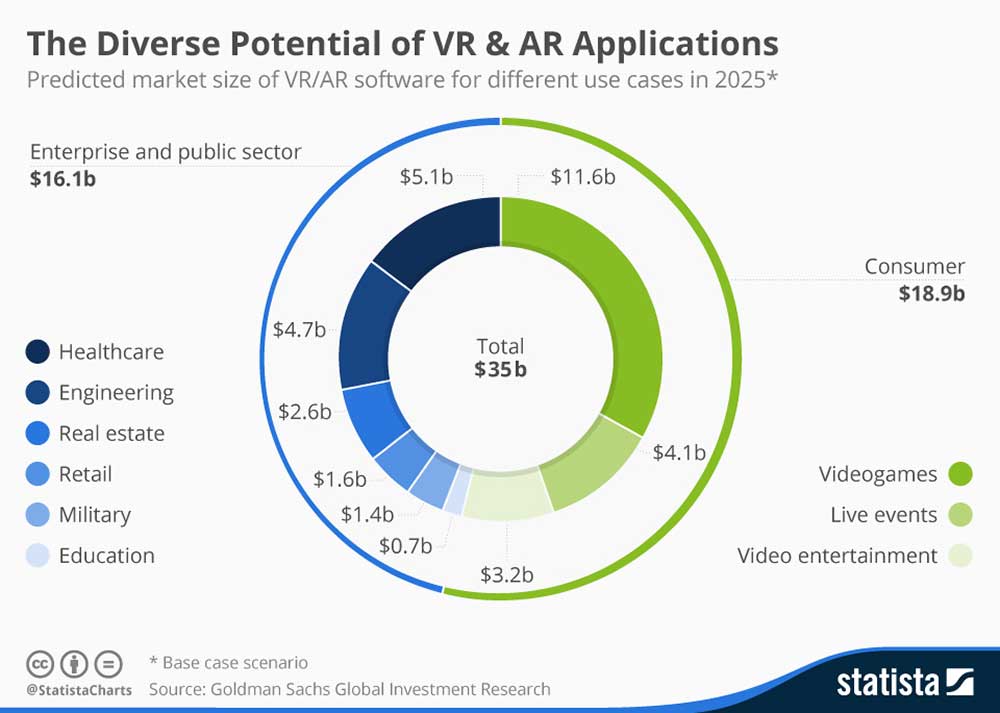
What does 2017 have in store for e-commerce?
It’s almost impossible to say with certainty where technology will take us by the end of this year. We don’t have any historical precedents for what is happening with e-commerce and the digital revolution to be able to make any sure-fire predictions. The positive feedback loop between consumers and e-commerce technology appears to be following in the footsteps of technology itself, developing at an exponentially faster pace as time goes by.
Already, we are seeing changes that would have been right at home in a science fiction novel just five years ago.
Packages delivered by drones the same day you order them online? Walking through a store while sitting at home on your couch with a virtual reality headset on? All of these new e-commerce developments are impressive enough in their own right, and even more so when you consider that online shopping has only been mainstream for less than 20 years.
Whatever the trends may be this year, or next year, there seems to be an inevitable destination: the merging of the digital and physical realms, giving consumers the best of both worlds.
Catch part 1 and 2 of this series to view all 10 trends revolutionizing e-commerce in 2017.





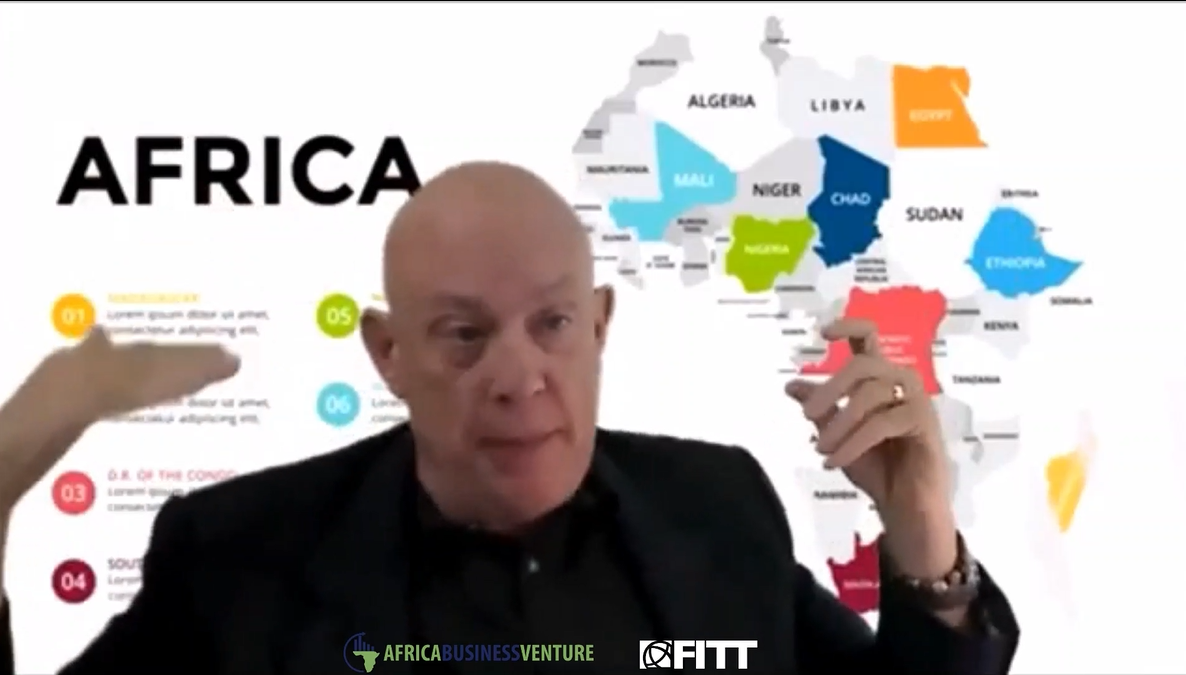
disqus comments